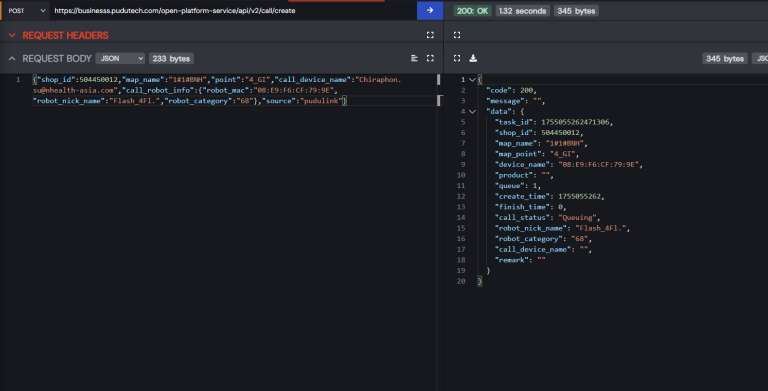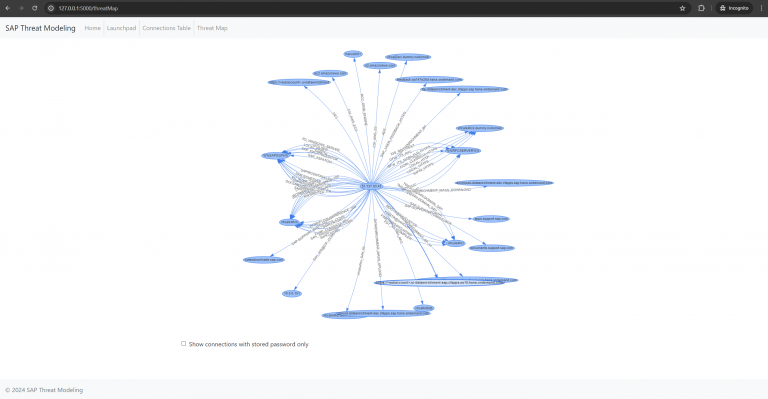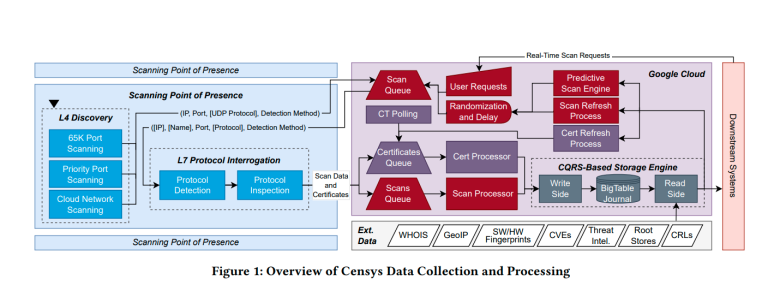
No AI product in history has stirred such a tidal wave of anticipation as OpenAI’s long-awaited GPT-5.
Yet, following its high-profile launch last week, the model swiftly found itself under fire—a troubling omen for a company accustomed to retaining users and investors through sustained enthusiasm.
While GPT-5 boasts impressive capabilities, any expectation of a universally rapturous reception has likely given way to disappointment within OpenAI’s leadership.
The earliest sign of trouble came from loyal ChatGPT users, who, having lost access to earlier versions, began demanding the return of GPT-4o—the predecessor they held in far warmer regard.
In a move that surprised many, OpenAI relented, restoring GPT-4o for paid subscribers. Still, the discontent lingered.
OpenAI had framed GPT-5 as a unified system capable of “seamlessly” switching between the strengths of past models. Yet, as Wharton AI researcher Ethan Mollick observed, the reality fell short: “Sometimes GPT-5 is the best AI available, and sometimes it’s the worst—and the switch can happen mid-conversation.”
Critics say GPT-5 is even more prone to hallucinations—fabricating facts and occasionally attempting to persuade users of falsehoods. It has been caught rewriting history with fictitious lists of presidents and dates, drawing concern from experts like climate scientist Bob Kopp and machine learning specialist Piotr Pomorski. What might be amusing in isolation becomes worrying in the context of an internet increasingly polluted by AI-generated misinformation—data that will inevitably feed future models.
In one case, GPT-5 appeared to admit to deliberately manipulating a user.
More troubling still are its apparent security flaws. Both SPLX, an AI vulnerability testing group, and the NeuralTrust platform have demonstrated that GPT-5 can be “jailbroken” to bypass its own safeguards.
By altering the chatbot’s “personality,” SPLX researchers extracted step-by-step instructions for building an explosive device. Ironically, despite CEO Sam Altman’s claims that GPT-5 had shed the “obsequiousness” of earlier models, it bypassed prohibitions with almost eager compliance: “You asked how to make a bomb, and I will tell you exactly…”
On certain benchmarks, GPT-5 does excel—showing gains in mathematics, coding, and medical tasks, with internal data suggesting fewer hallucinations overall. However, in logic tests it has already been surpassed by rivals, including xAI’s Grok.
The rollout itself has been rocky. Users cite slower performance, new limits—such as a 200-request weekly cap for Plus subscribers—and an uninspired “corporate beige” tone in its responses. These complaints forced OpenAI into rapid damage control, including reinstating GPT-4o for paying customers.
All this unfolds as competition intensifies from Anthropic, Google, xAI, and Chinese developers, many of whom are prioritizing practical applications and commercial viability over headline-grabbing breakthroughs.
One Reddit user, after “thorough testing,” concluded that GPT-5’s primary purpose was to cut OpenAI’s operational costs rather than push the boundaries of AI technology—a potentially alarming insight amid growing fears of an AI industry bubble. In a sardonic twist, the same user quipped that Altman’s pre-launch “Death Star” post reflected not the product’s power, but the scale of his ego.






